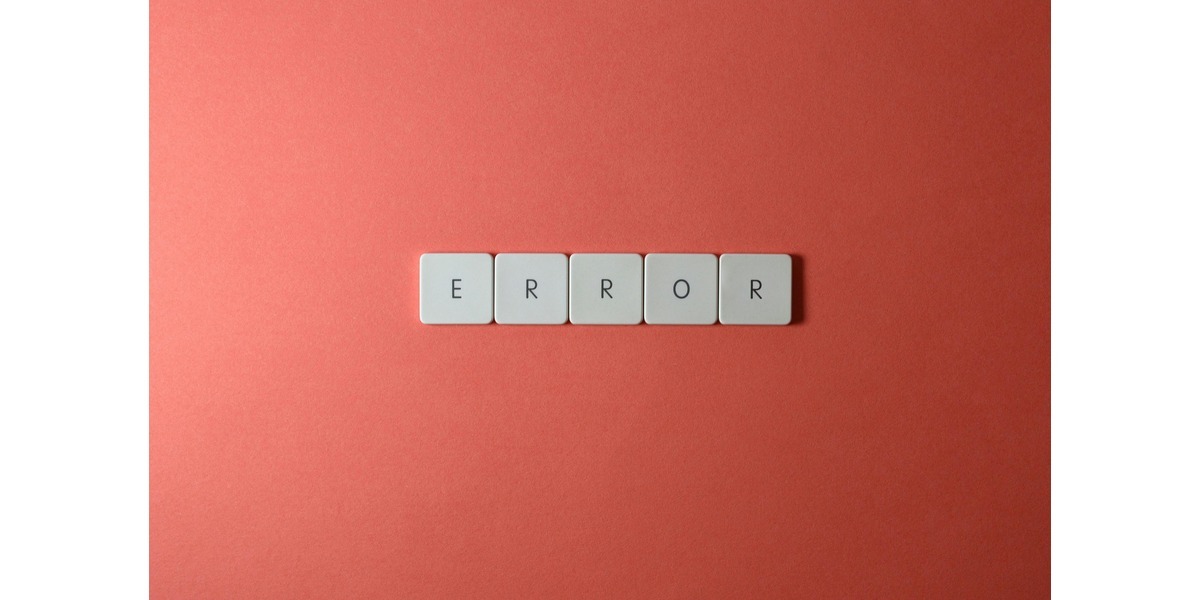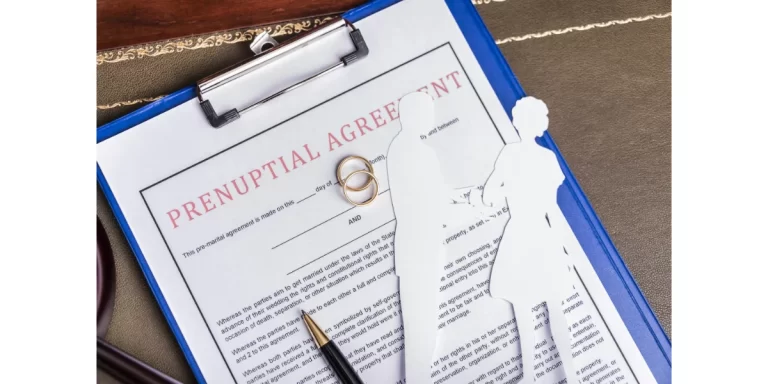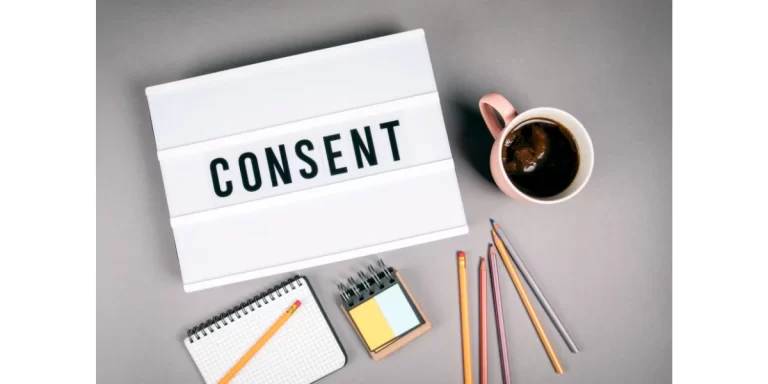Mistakes can occur in legal documents, even in critical areas like family law. The slip rule is a provision under Australian law designed to correct clerical errors, accidental omissions, or typographical mistakes in court orders.
It ensures that the final order accurately reflects what the court intended, without changing its substantive outcome.
In family law, this rule plays a crucial role by providing a quick and cost-effective way to fix errors that might otherwise lead to confusion or enforcement issues.
How Does the Slip Rule Apply in Family Law?
In family law, where decisions can profoundly impact the lives of families, correcting these errors is crucial. Importantly, the slip rule does not change the meaning or intent of an order—it simply ensures that the written document matches what the court decided.
The slip rule is provided for under Rule 17.02 of the Family Law Rules 2004. It helps parties avoid the lengthy and costly process of appealing a decision over a simple mistake. Instead, they can request a straightforward correction to ensure clarity and accuracy.
What Types of Errors Can Be Corrected Under the Slip Rule?
The slip rule applies to a narrow range of errors, specifically those considered “slips” or “clerical mistakes.” These errors do not involve substantive issues or disputes about what the court intended.
Examples of Errors Corrected Under the Slip Rule:
Clerical Mistakes:
- Misspelling of names or incorrect dates.
- Typing errors that create inconsistencies in the order.
Accidental Omissions:
- Missing details, such as leaving out an account number in a property settlement.
- Failing to include all parties’ names in a consent order.
Typographical Errors:
- Numerical errors, like writing “$10,000” instead of “$100,000”.
- Incorrect numbering or labelling of clauses in the order.
It’s important to note that these corrections are limited to fixing the form of the order, not altering its substance or meaning. For instance, if an order intended to award shared parental responsibility accidentally omits the term “shared,” the slip rule can be used to fix it.
Also Read: 7 Effective Tips for Negotiating a Property Settlement
When Can You Apply the Slip Rule in Family Law Matters?
The slip rule can be applied at any time, but there are certain considerations about when it’s appropriate. This flexibility makes the rule particularly useful for correcting errors discovered long after the original order was made.
Key Timeframes and Circumstances:
Discovery of an Error: The rule can be applied as soon as an error is identified, whether by the court, the parties, or their legal representatives.
After the Order is Issued: A correction can be sought even if the order has already been sealed or finalised. However, the sooner the application is made, the better, as delays might complicate enforcement or compliance.
Mutual Agreement or Court Decision: If both parties agree that an error exists, they can file a joint application. Alternatively, the court can correct the error on its own initiative.
It’s essential to remember that the slip rule cannot be used to re-argue a case or challenge the merits of the decision. It is solely for addressing genuine mistakes in the wording or drafting of an order.
Also Read: Can You Do a Consent Order Yourself?
What Is the Process for Requesting a Correction Under the Slip Rule?
Applying the slip rule is a straightforward process, but it requires careful attention to detail. Here’s how to go about it:
Step 1: Identify the Error
Review the court order thoroughly to pinpoint the exact mistake. Ensure the error is clerical or typographical, not substantive.
Step 2: Consult a Lawyer
While the slip rule process is simpler than an appeal, it’s still advisable to seek legal advice. A lawyer can confirm whether the slip rule applies and help prepare your application.
Step 3: File an Application
Submit a Notice of Motion to the court, explaining the error and requesting a correction under the slip rule. Include:
- A clear description of the mistake.
- A proposed corrected version of the order.
- Supporting documents, if relevant.
Step 4: Serve the Application
Serve a copy of the application on the other party. If both parties agree on the correction, the process may proceed without a hearing.
Step 5: Attend a Hearing (if necessary)
In some cases, the court might hold a brief hearing to discuss the correction. However, if the error is clear and undisputed, the court may make the correction administratively.
Once approved, the court will issue a corrected version of the order. The updated order will replace the original and take effect immediately.
Does the Slip Rule Alter the Substantive Rights in a Family Law Order?
No, the slip rule does not alter the substantive rights or obligations established by a family law order. Its purpose is strictly limited to correcting errors that prevent the order from accurately reflecting the court’s decision.
For example:
If the court intended to award joint custody but the written order mistakenly states sole custody, the slip rule can correct this.
However, if a party disagrees with the custody decision itself, they must file an appeal, not a slip rule application.
Limitations of the Slip Rule:
No Re-litigation: The slip rule cannot be used to revisit the merits of a case or introduce new evidence.
Intent Matters: Corrections must align with the court’s original intentions as recorded during the hearing.
Not for Substantive Disputes: If there’s disagreement about what the court intended, the issue must be resolved through an appeal, not the slip rule.
By keeping the focus on minor errors, the slip rule provides a quick and efficient way to ensure legal orders are accurate while maintaining the integrity of the judicial process.
Ensuring Accuracy and Efficiency in Family Law Orders
The slip rule is a vital tool in Australian family law, offering a simple solution to correct clerical errors and accidental omissions in court orders. By allowing for timely corrections, the slip rule saves time, reduces stress, and ensures the accuracy of legal documents without unnecessary complications.
If you’ve identified an error in a family law order, acting promptly is crucial. Understanding the slip rule’s scope and limitations will help you resolve the issue efficiently while preserving the integrity of the court’s decision.
Take the First Step Towards Clarity with Justice Family Lawyers
If you need assistance with a slip rule family law matter, contact Justice Family Lawyers today. Our experienced team can help you determine the best course of action and ensure your legal documents are accurate and enforceable.
Get in touch with us today to book a consultation. Let us provide you with expert guidance and peace of mind.




